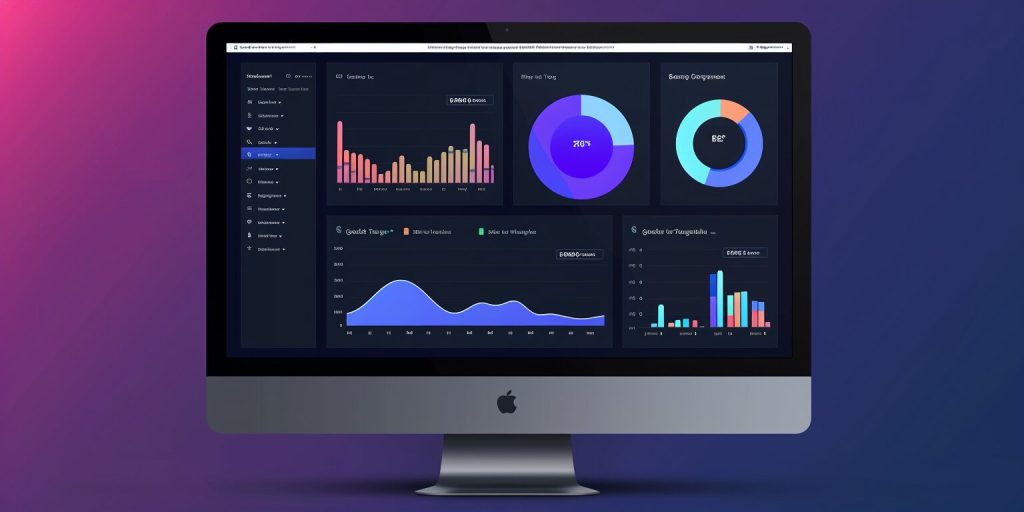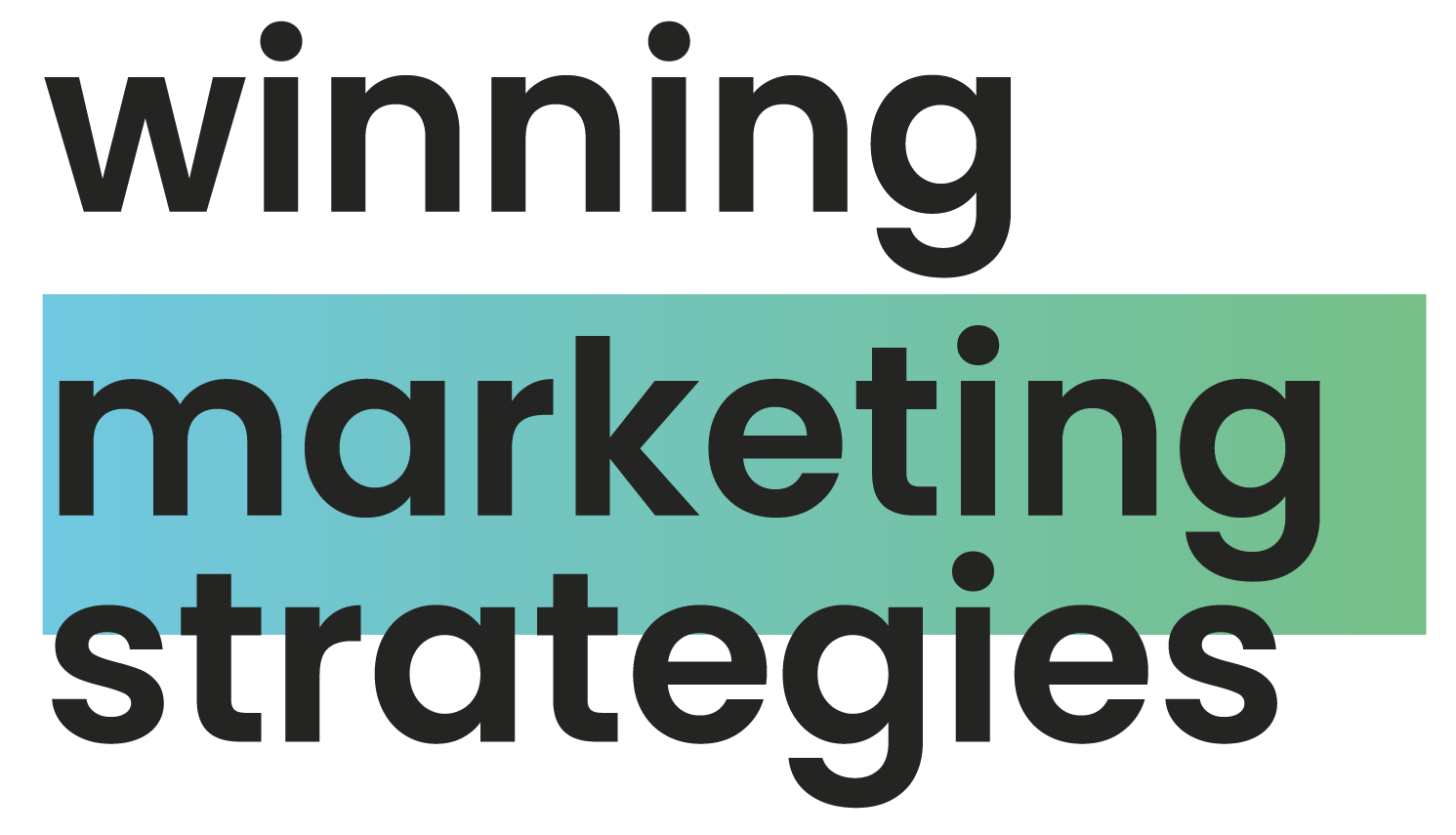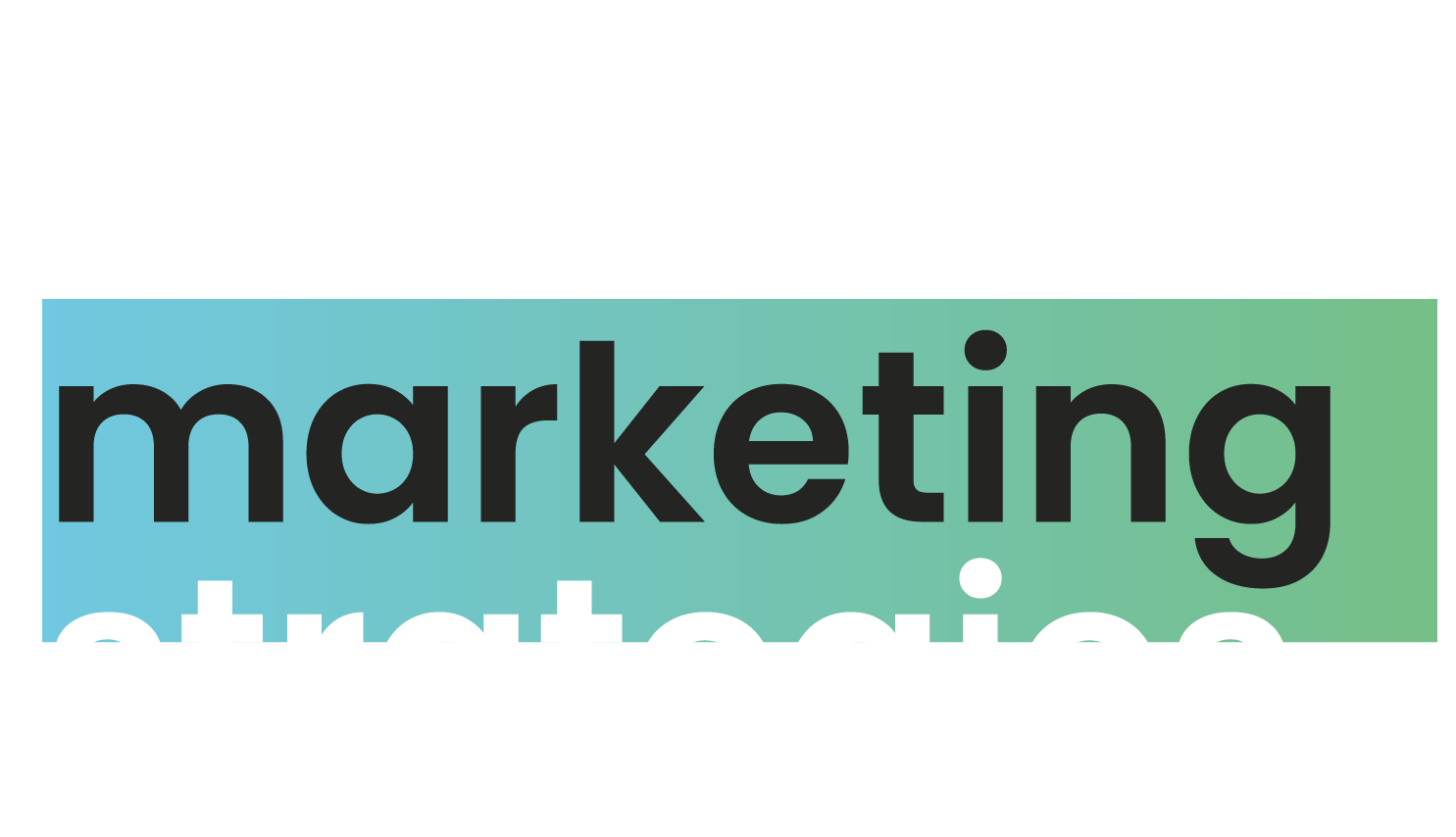
Marketing sensitive healthcare topics requires a mix of empathy, precision, and professionalism...
Read More
With the soaring demand for hybrid car maintenance services, the advent of...
Read More
SEO pagination is crucial for optimizing user experience and search engine visibility...
Read More
When it comes to digital marketing, even the smallest mistakes can significantly...
Read More
In today’s fast-paced digital landscape, having the right SEO reporting tools is...
Read More
Welcome to our guide on how to boost your brand in 2024...
Read More
In today’s digital age, social media has become a powerful tool for...
Read More
In the world of digital marketing, two big players are SEO and...
Read More
Welcome to our detailed guide on the three types of Search Engine...
Read More
Welcome to the exciting world of food blogging. Here, your love for...
Read More


